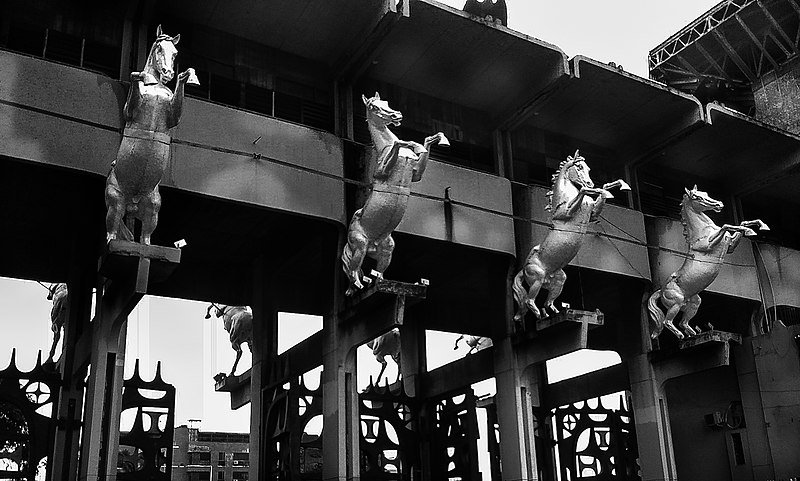63 years ago, the British Union Jack was lowered for Nigeria’s green and white flag at the 25-storey Independence Building, otherwise known as Defence House and Tafawa Balewa Square, to mark the country’s independence.
Many years later, the national edifice where this historic event took place has become moribund. The moribund state of this national monument and several others reflect long years of poor maintenance culture.
The failure to capitalise on the tourism potential of these places also demonstrates our country’s lack of interest in the non-oil sectors of the economy.
National monuments should be meticulously maintained for several compelling reasons: these monuments serve as vital cultural and historical touchstones, and they represent the collective memory and heritage of a nation.
Preserving them ensures that future generations can connect with their past and appreciate the sacrifices, achievements, and lessons of their forebears. Also, national monuments often attract tourism, contributing significantly to the country’s economy.
The revenue generated from visitors can be reinvested in the preservation efforts, creating a sustainable cycle of conservation and economic growth.
Furthermore, these monuments often embody architectural and artistic excellence, making them invaluable educational resources and sources of inspiration for artists, architects, and historians alike.
In essence, maintaining national monuments is not just an obligation to our country’s past, but a commitment to its future, fostering national pride, cultural richness, and economic prosperity.
In order to develop a better future for Nigeria, addressing this issue demands a concerted effort on both the individual and institutional levels, focusing on the significance of routine maintenance and prudent resource management.
Therefore, the Ministry of Art, Culture and the Creative Economy, Ministry of Information and National Orientation, and Ministry of Tourism must take concrete steps towards rehabilitating Nigeria’s historical and cultural monuments.
Photo source: Odor Uzoma Jesse







